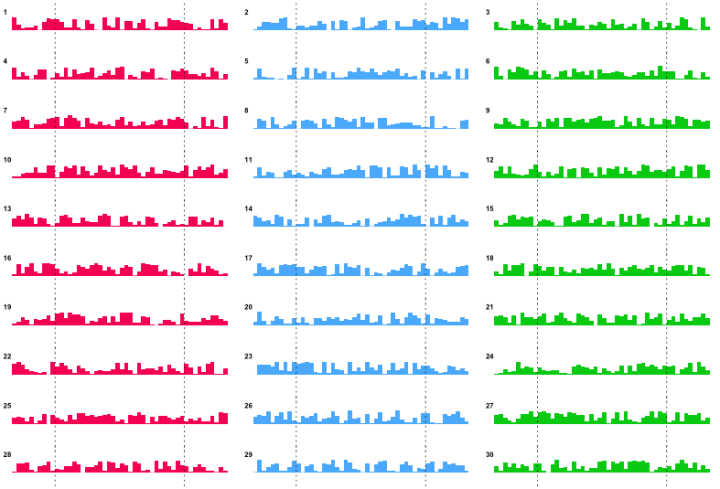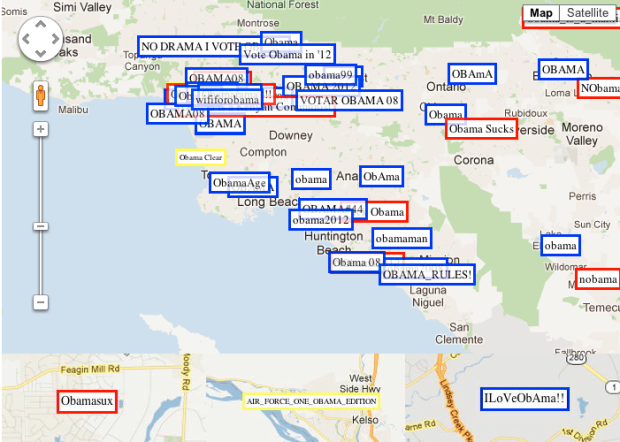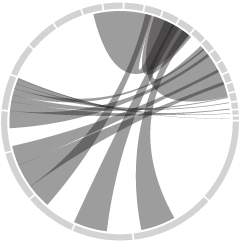You would think that fat content and calorie counts would be straightforward by now, but serving size mucks it all up. It’s like, “Great, this ice cream is only 200 calories!” Then you come to the sad conclusion that you just ate a bowl worth half a million calories, because the serving size is that of a rice grain. Fat or Fiction tries to clarify some of these fat counts, for items like cheese and cake, by placing food servings next to each other.
Some of the labeling is confusing, because it’s off to the left and in small print. For example, the 14 percent above is the percentage of fat in that wedge of blue stilton cheese against the rest of the wheel. Each wedge is 100 grams of cheese, so you get a sense of fat and calorie density.
But hey, I’m a sucker for anything food-related and these pictures are making me hungry. That’s the goal of the site, right?







 Visualize This: The FlowingData Guide to Design, Visualization, and Statistics (2nd Edition)
Visualize This: The FlowingData Guide to Design, Visualization, and Statistics (2nd Edition)










